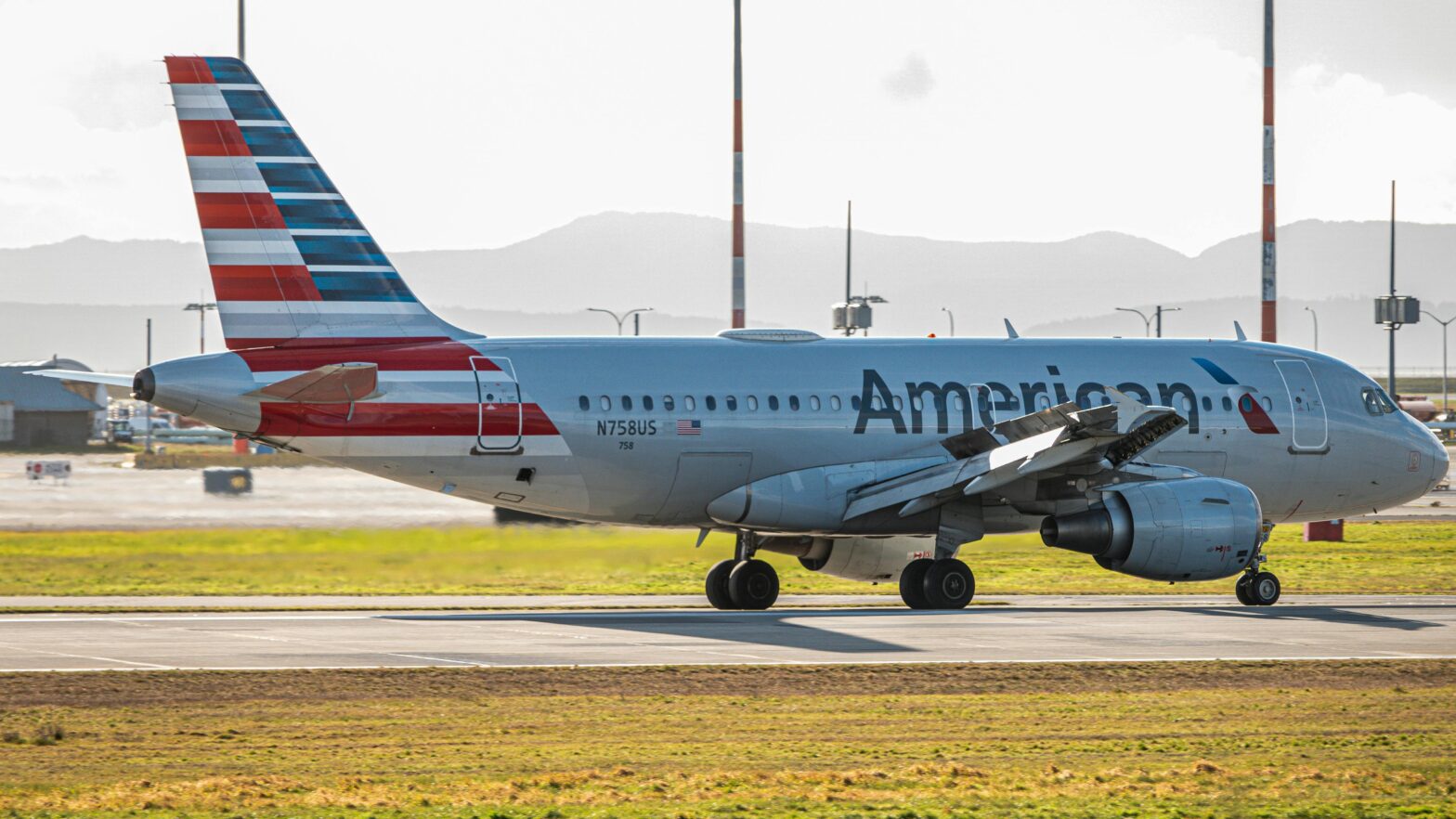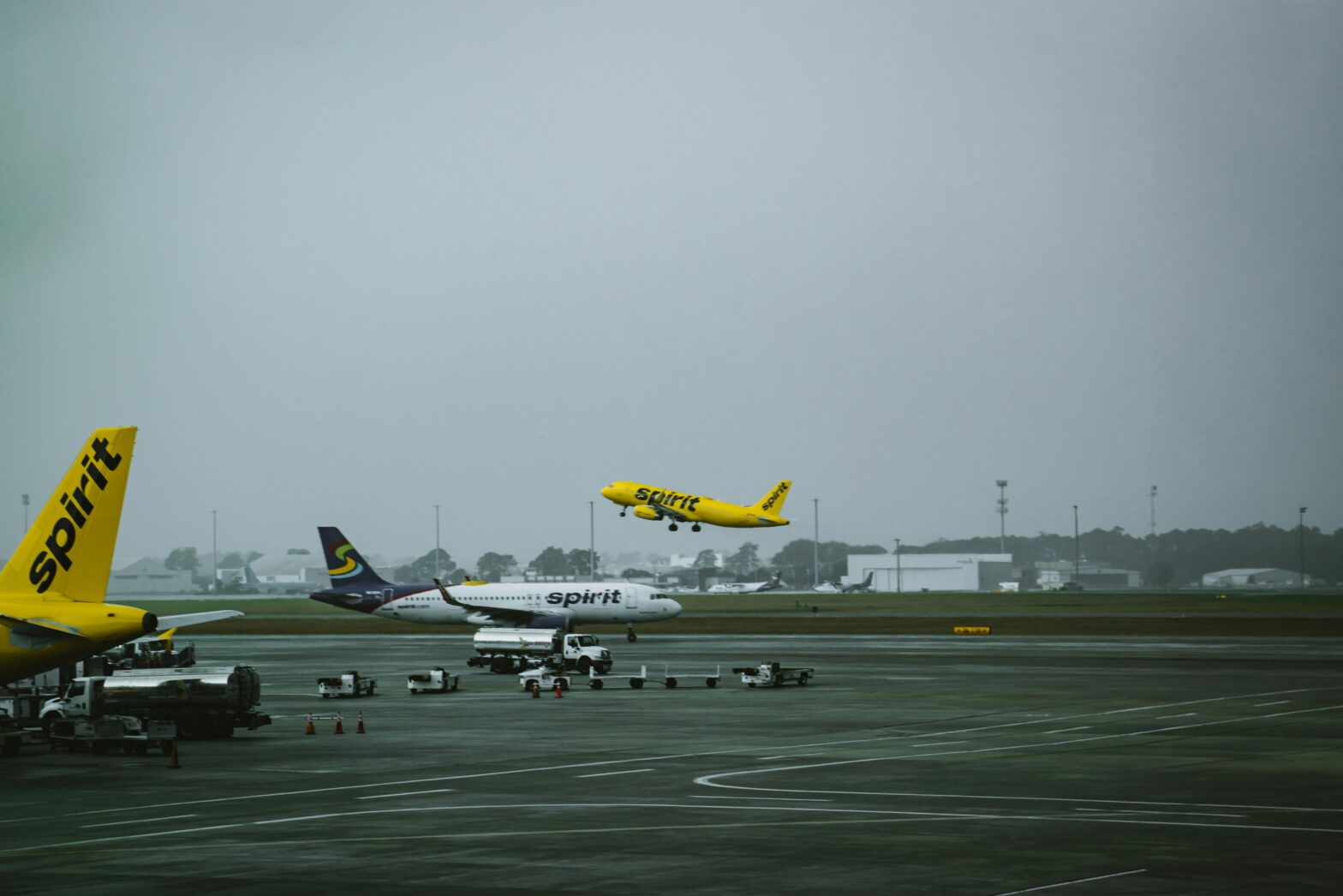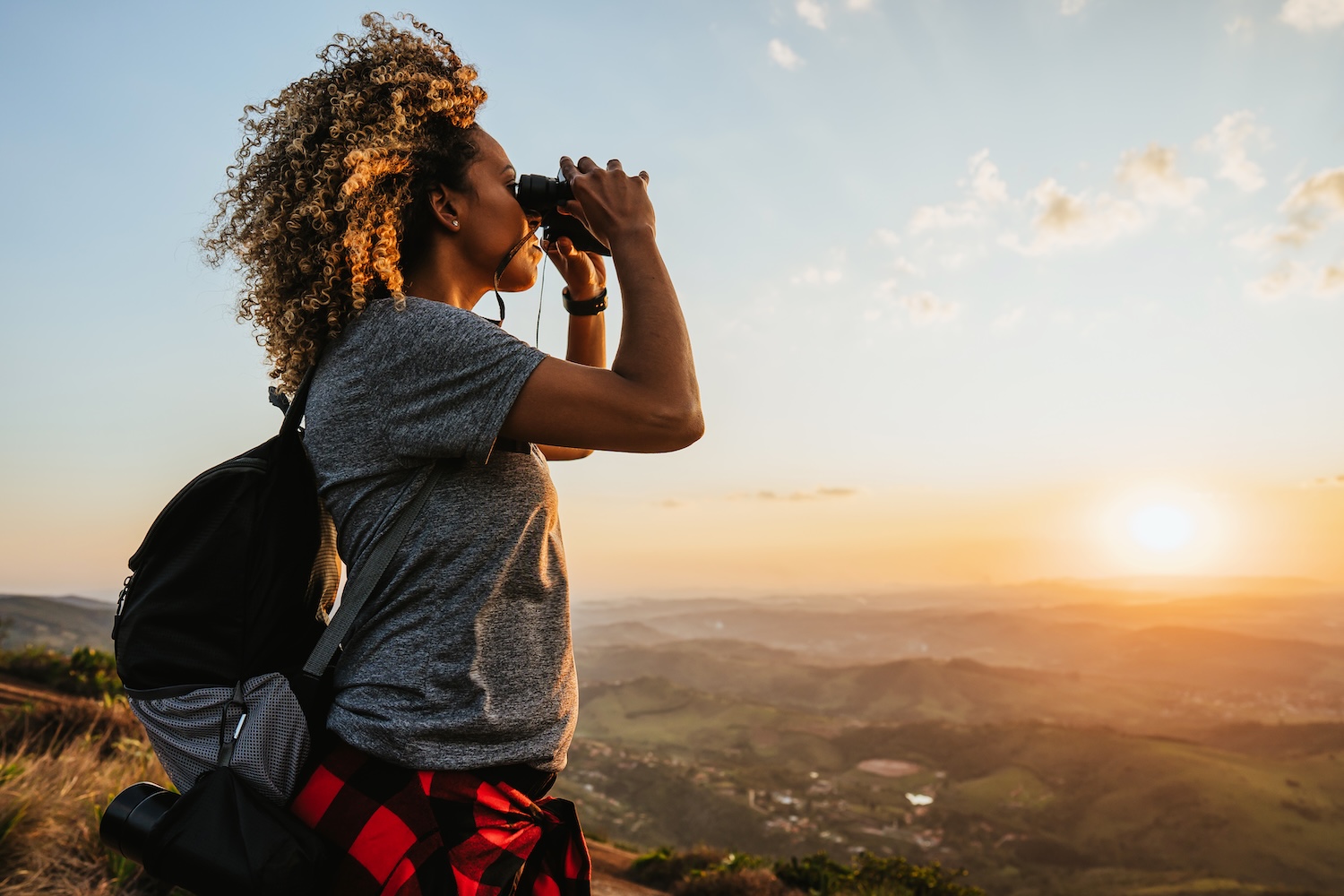Conversations about whether bootylicious posteriors are targeted as suspicious at the airport by TSA agents are swirling around the internet.
On July 17, travel content TikToker Caleb J. Harmon-Marshall suggested that “women with big booties” cause TSA line delays due to the extra time agents use to search them. A former airport security officer himself, the Travel With Harmony host claimed those with bigger bums were having “a hard time” going through security scanners. He claimed silicone is a substance being picked up by the security technology, but it’s possible the machines mistake it for something else.
“Their big booties are alarming the body scanners, leaving the officer to have to pat down their big, ginormous booties to clear the alarm,” said the personality behind Travel Noire’s Harmony Guides. “Attention all BBL [doers], you’re alarming because of the stuff in your behind. They [the TSA] are trying to figure out what’s inside of you.”
“This is getting out of control,” the TikToker continued before sharing the standard procedure of what a pat down should entail.
Elsewhere on the app, the discussion was poised by another online user who claimed to have an inside scoop. Alyse Carolyn said her husband, allegedly a TSA agent, told her that people with big bums trigger body scanner alarms “more often than not.”
Does TSA Have A Policy For Checking Bodies With Big Booties?
TSA stands for the Transportation Security Administration, a governmental agency. A representative of the organization shared a statement with the New York Post in response to Alyse Carolyn’s viral video, which over 321,400 people have seen as of this reporting.
“TSA cannot verify the authenticity of claims made on TikTok without more context about the time and place where security screening occurred,” the representative said. “However, I can verify that TSA’s on-person screening technology effectively screens diverse populations of travelers every day. During development, TSA on-person screening algorithms were trained to recognize body composition.”
The TSA further outlines its screening technology and approach to pat-downs on its website. It notes that pat-downs “are used to determine whether prohibited items or other threats to transportation security are concealed on the person.” As Caleb noted, a pat-down may be required if the airport’s screening technology alarms.
The pat down may include “sufficient pressure” while going over “sensitive areas such as breasts, groin, and the buttocks.” Moreover, TSA states travelers may be required to adjust their clothing. The agency detailed that an officer of the same gender will conduct the procedure and use the back of their hands over sensitive areas on the passenger’s body.





